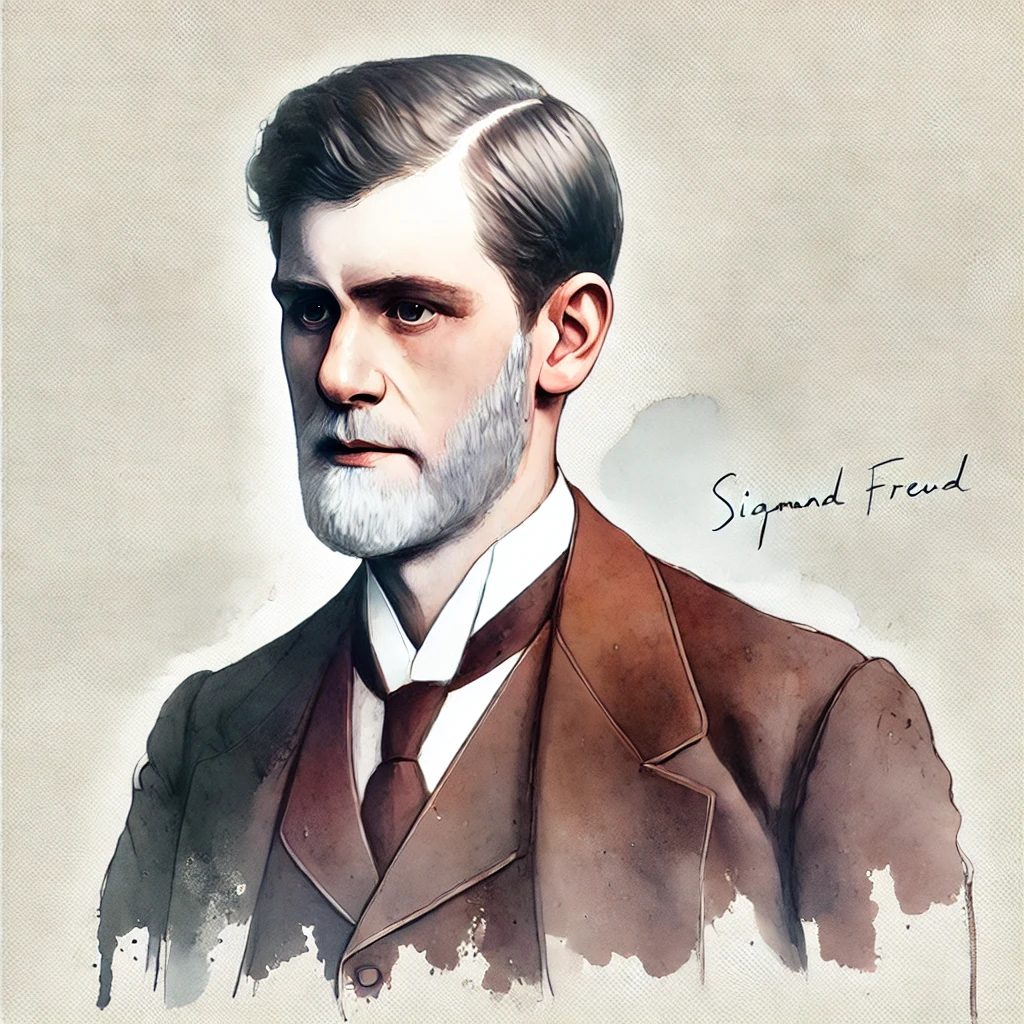I was recently pondering which parts of Sigmund Freud’s psychoanalytic theory are still relevant. While many of his ideas have faced criticism and revision over the decades, certain aspects of his work have stood the test of time, influencing modern psychology, psychotherapy, and broader cultural discussions. This article explores the enduring elements of Freud’s psychoanalytic theory and their relevance today.
The Unconscious Mind
One of Freud’s most significant contributions is his concept of the unconscious mind. Freud posited that much of human behaviour is influenced by thoughts, memories, and desires beyond conscious awareness. This idea has become foundational in psychology, providing the basis for modern therapies like psychodynamic psychotherapy and cognitive-behavioural approaches.
Modern neuroscience has also supported Freud’s insights into unconscious processes. Studies on automatic and implicit memory demonstrate that unconscious mental activity influences behaviour, affirming Freud’s pioneering work in this area.
Defence Mechanisms
Freud’s concept of defence mechanisms, elaborated by his daughter Anna Freud, remains a cornerstone of psychological theory and practice. Defence mechanisms such as repression, denial, and projection are ways individuals protect themselves from psychological distress. These concepts have been integrated into various therapeutic approaches to help clients recognise and overcome maladaptive coping strategies.
Childhood Experiences Shape Personality
Freud’s assertion that early childhood experiences play a crucial role in shaping personality continues to hold sway. Attachment theory, developed by John Bowlby and Mary Ainsworth, expanded upon Freud’s insights, demonstrating how early bonds with caregivers influence emotional regulation and interpersonal relationships throughout life.
Psychotherapists often explore a client’s formative years to understand patterns of behaviour, echoing Freud’s focus on the developmental impact of childhood experiences.
The Role of Sexuality in Human Development
Although Freud’s ideas about psychosexual stages have been largely discarded, his recognition of sexuality’s role in human development remains influential. Contemporary theories of gender and sexual identity build on Freud’s understanding of the fluidity and complexity of human sexuality. His work laid the groundwork for broader discussions about human intimacy and desire.
Free Association and Talk Therapy
Freud’s method of free association, where clients are encouraged to share thoughts without censorship, continues to be a fundamental technique in psychotherapy. The idea that talking openly can lead to self-discovery and healing underpins modern therapeutic approaches, from psychoanalysis to person-centred therapy.
The Tripartite Model: Id, Ego, and Superego
While the tripartite model of the psyche—id, ego, and superego—has been modified, it remains a useful framework for understanding internal conflict. Therapists often use this model to conceptualise the tension between desires (id), moral standards (superego), and the mediating self (ego).
Conclusion
Freud’s psychoanalytic theory has had a profound and lasting impact on psychology and psychotherapy. While some ideas have been discarded or reinterpreted, others remain vital to understanding human behaviour and facilitating psychological healing. His legacy endures in the therapeutic room, academic discourse, and cultural narratives about the human condition.
